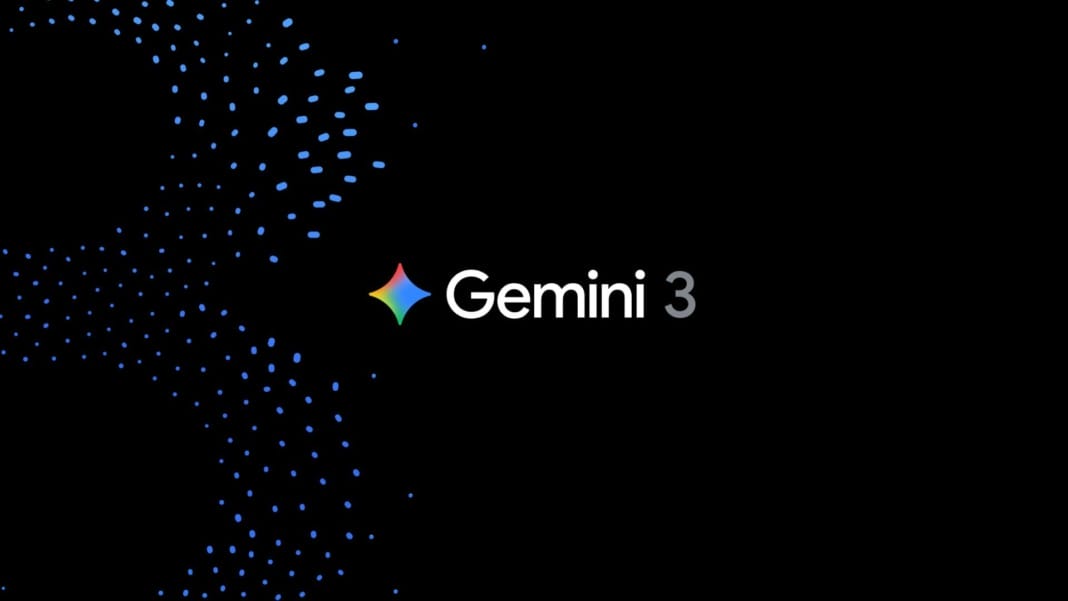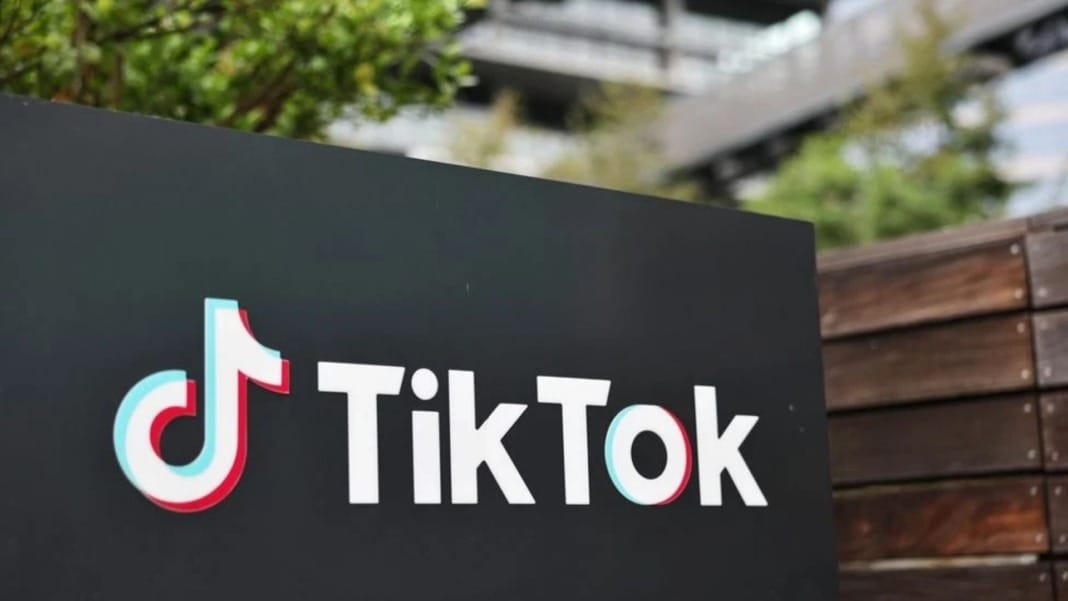Google has introduced Antigravity, a new development tool designed to work with Gemini 3 Pro and a range of third-party AI models. The launch was announced alongside the debut of Gemini 3 Pro, as the company outlined its vision for what it describes as an “agent-first future.” Antigravity seeks to provide developers with a more autonomous, transparent, and intuitive way to build software by using multiple AI agents that can interact directly with an editor, a terminal, and a browser.
A new approach to autonomous coding tools
Antigravity is built on the idea that AI agents should be able to handle complex tasks independently while keeping users informed of their progress. One of the defining elements of the tool is its reporting system, which produces detailed records of each task an agent completes. These records, known as Artifacts, include task lists, plans, screenshots, and browser recordings. According to Google, these are meant to offer a clear overview of what has been done and what will be done next, making verification straightforward and user-friendly. The company states that Artifacts are “easier for users to verify” than full logs of model actions and tool interactions.
As agents work, they also provide ongoing reports about their actions and their use of external tools. The aim is to provide transparency without overwhelming developers with dense technical logs. By focusing on clear summaries and visual confirmations, Google hopes that Antigravity will support a more trustworthy and accessible development process.
Two views for different styles of development
A major structural change introduced by Antigravity is the option to use two main interface modes. The default option, the Editor view, mirrors the experience of a standard Integrated Development Environment. It places the agent in a side panel, allowing developers to work in a familiar layout similar to competing tools such as Cursor and GitHub Copilot.
The second option, the Manager view, is intended for situations where users want to delegate tasks to several agents simultaneously. This setup gives each agent greater autonomy while providing users with a central interface for monitoring their activity. Google describes it as “mission control for spawning, orchestrating, and observing multiple agents across multiple workspaces in parallel.” The feature is designed for developers who need to oversee large or multifaceted projects without switching between individual agent windows.
Feedback, memory, and availability
Google has also introduced a more flexible way for users to provide feedback to agents as they work. Developers can now leave comments directly on specific Artifacts, allowing agents to adjust their actions or refine their work without interrupting their workflow. This approach is intended to create a smoother, more interactive development experience.
In addition, Antigravity will allow agents to “learn from past work.” This includes remembering useful code snippets or the steps involved in completing recurring tasks. Google believes this will make future interactions more efficient and tailored to each developer’s needs.
Antigravity is now available as a public preview and can be used on Windows, macOS, and Linux. The tool is free, with Google describing Gemini 3 Pro’s “generous rate limits.” It also supports other models, including Claude Sonnet 4.5 and OpenAI’s GPT-OSS. Google says that rate limits reset every five hours, and that only “a very small fraction of power users” are likely to reach them.




